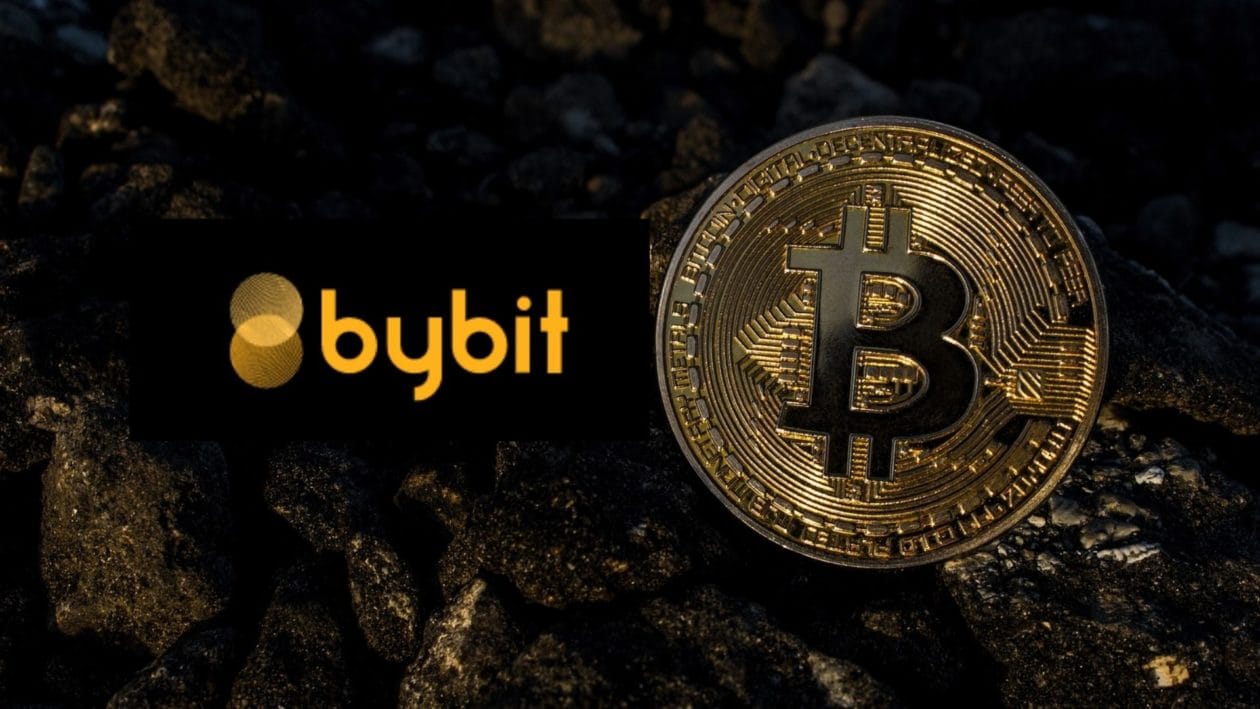
In February 2025, Bybit, a prominent cryptocurrency exchange, suffered a colossal security breach resulting in the loss of approximately 400,000 ETH and stETH tokens, valued at over $1.5 billion at the time. This incident now stands as the largest crypto exchange hack to date. The breach was traced back to North Korea’s notorious Lazarus Group, which exploited vulnerabilities in Bybit’s security infrastructure.
The hackers employed sophisticated techniques to infiltrate Bybit’s Ethereum multi-signature cold wallet. Once inside, they orchestrated unauthorized transactions, siphoning off the massive sum. The stolen assets were swiftly converted into Bitcoin and other cryptocurrencies, a tactic known as “chain hopping,” to obfuscate the funds’ origins and hinder recovery efforts.
In response, Bybit took immediate measures to secure its platform, restore user confidence, and replenish the lost assets. However, the sheer scale of the theft has raised pressing questions about the security protocols of even the most established exchanges.
A Historical Perspective: Notable Crypto Heists
The Bybit incident is the latest in a series of high-profile crypto hacks that have plagued the industry. Here’s a look at some of the most significant breaches:
- Ronin Network Hack (2022) – $625 Million
In March 2022, the Ronin Network, a blockchain platform supporting the popular play-to-earn game Axie Infinity, was compromised. Attackers exploited vulnerabilities in the network’s validator nodes, resulting in the theft of 173,600 ETH and 25.5 million USDC, totaling approximately $625 million at the time.
- Binance’s BNB Chain Exploit (2022) – $570 Million
October 2022 saw hackers exploiting a vulnerability in Binance’s BNB Chain cross-chain bridge. The attackers minted 2 million BNB tokens, equivalent to $570 million. Swift action by Binance led to the freezing of a significant portion of the stolen funds, but around $110 million remained unrecovered.
- Coincheck Hack (2018) – $530 Million
Japanese exchange Coincheck fell victim to a massive hack in January 2018, losing 523 million NEM coins, valued at $530 million. The breach was attributed to inadequate security measures, including the storage of assets in hot wallets without multi-signature security.
- Mt. Gox Collapse (2014) – $450 Million
Once handling over 70% of global Bitcoin transactions, Mt. Gox filed for bankruptcy in 2014 after losing 850,000 BTC (worth $450 million then) to hackers. The incident highlighted the risks associated with centralized exchanges and underscored the need for robust security protocols.
- Poly Network Exploit (2021) – $610 Million
In August 2021, the decentralized finance (DeFi) platform Poly Network was hacked, resulting in the theft of $610 million across multiple blockchains. In a surprising turn, the hacker, dubbed “Mr. White Hat,” returned the stolen funds, claiming the exploit was to highlight security flaws.
The Role of North Korea’s Lazarus Group
The Lazarus Group, linked to North Korea, has been implicated in several high-profile cyberattacks, including the recent Bybit hack. Their operations are believed to fund North Korea’s nuclear and missile programs. The group’s modus operandi involves sophisticated phishing campaigns and malware to infiltrate crypto platforms.
The Impact on Investors and the Industry
The cumulative effect of these hacks has been profound, with billions lost and investor confidence shaken. In 2024 alone, over $10 billion was lost to crypto scams and security breaches. These incidents highlight the vulnerabilities within the crypto ecosystem, from exchange security lapses to smart contract exploits.
Strengthening Security Measures
In light of these breaches, the crypto industry has been compelled to bolster security measures:
- Enhanced Security Protocols: Exchanges are adopting multi-signature wallets, cold storage solutions, and regular security audits to protect assets.
- Regulatory Oversight: Governments worldwide are implementing stricter regulations to ensure exchanges adhere to robust security standards.
- User Education: Educating investors on best practices, such as using hardware wallets and enabling two-factor authentication, is crucial in mitigating risks.
- Insurance Coverage: Some exchanges now offer insurance to cover potential losses from hacks, providing an added layer of protection for users.
The Road Ahead
While the allure of cryptocurrencies continues to attract investors, the associated risks cannot be overlooked. The Bybit hack serves as a stark reminder of the importance of security in the digital asset space. As the industry evolves, a collective effort from exchanges, regulators, and users is imperative to create a safer and more resilient crypto ecosystem.







